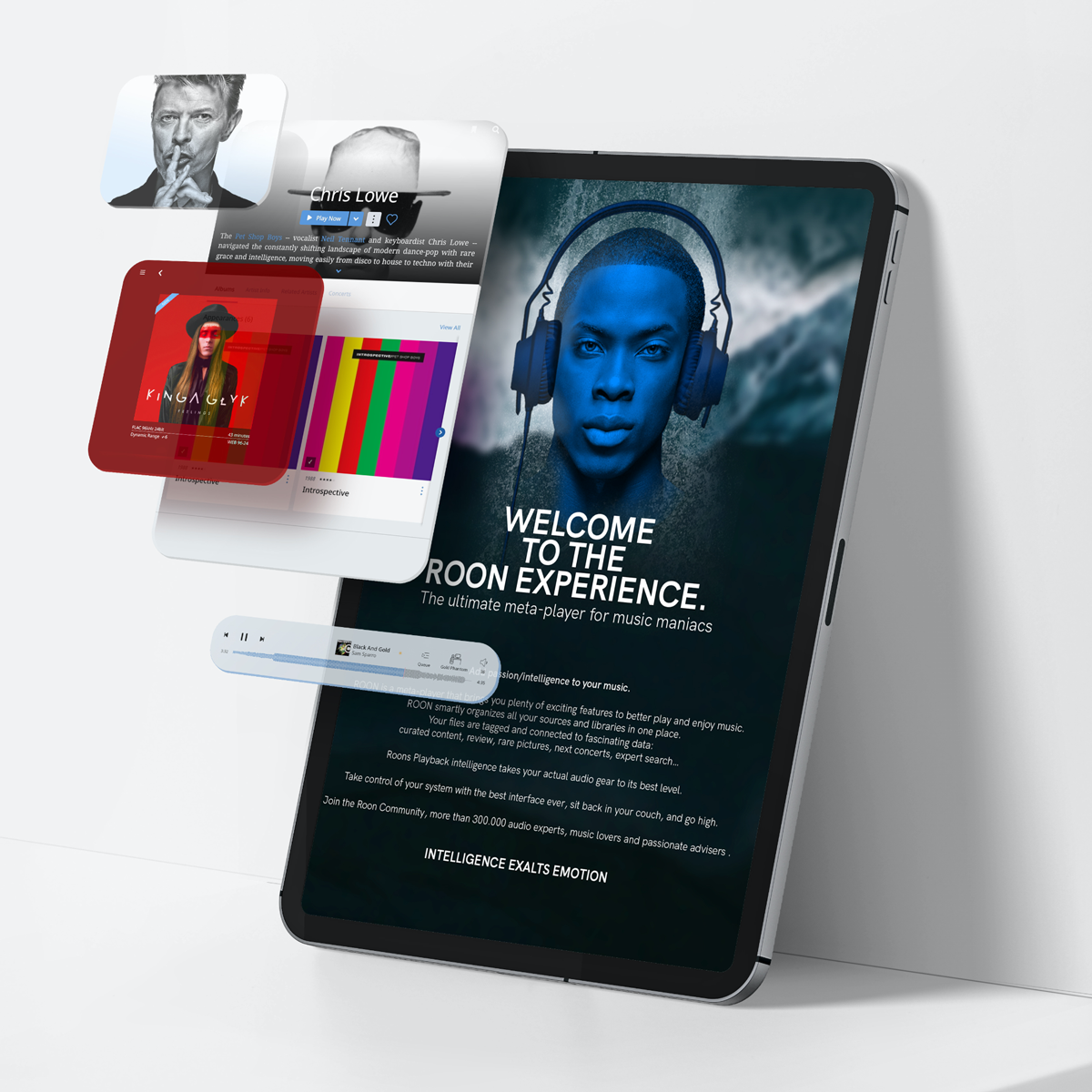Why Motorized Shades Work Better When They're Part of Whole Home Automation
How Integrated Shading Design Works with Lighting, Climate, and Security
It's 2 PM on a July afternoon, and your west-facing windows are taking the full brunt of the sun. Your shades lower automatically, the AC stops working overtime, and the room stays comfortable without you having to touch a thing. No app. No remote. It just happens because your shading system is connected to everything else.
Most people think of motorized shades as a standalone feature—something you control with a button when you feel like it. But when shading design integrates with your whole-home automation, it stops being about convenience and starts being about a house that actually manages itself. Your shades become part of a system that handles light, temperature, and privacy based on how you live, not how often you remember to adjust them.
SEE ALSO: Enjoy Your Porch Year-Round with Smart Outdoor Shading Solutions
Shading and Climate Control: Stop Fighting the Sun
Your AC shouldn't have to compete with direct sunlight pouring through open shades. When your shading system talks to your thermostat, it blocks heat before it becomes a problem.
In a New Orleans summer, that means automated shades close on west-facing windows during peak afternoon sun, cutting the solar heat gain that makes your HVAC work harder. The system can see when heat sensors detect a certain temperature and adjust the shades accordingly. North-facing shades might stay open for natural light while south and west exposures remain covered.
During cooler months, it works in reverse. Morning sun gets captured for passive heating, then shades adjust as temperatures rise. Your thermostat and shading work together, rather than against each other, which is how they should.
Lighting That Responds to Natural Light
Why run lights when the sun's already doing the job? Integrated shading adjusts throughout the day based on the amount of natural light you're receiving, and your interior lights follow suit.
Shades open in the morning, and your kitchen lights dim or turn off entirely. Later, as the afternoon sun creates glare, shades partially close, and task lighting compensates where needed. For movie time or working from home, one command drops the shades and sets the lights for exactly what you're doing.
You're not managing two separate systems; you're living in a home that figures it out for you.
Privacy and Security Without Thinking About It
Shades that close automatically at sunset mean you're not walking around a lit-up house with open windows at night. Your system handles privacy on a schedule or based on when you arm the security system.
If you're traveling, "away mode" opens and closes shades like someone's home. Bedroom shades can close when you lock up for the night. It's one less thing to remember, and it happens whether you're there or not.
The Difference Between Remote Control and a Smart Solution
Motorized shades alone are nice. Integrated shading design that works with your whole home system? That's the difference between a gadget and a solution that actually improves how your home functions.
Campo Better Living designs systems where shading, lighting, climate, and security work together—not as separate pieces you manage, but as one system that responds to how you live. Contact us to learn how you can have smart shading that works for you.






